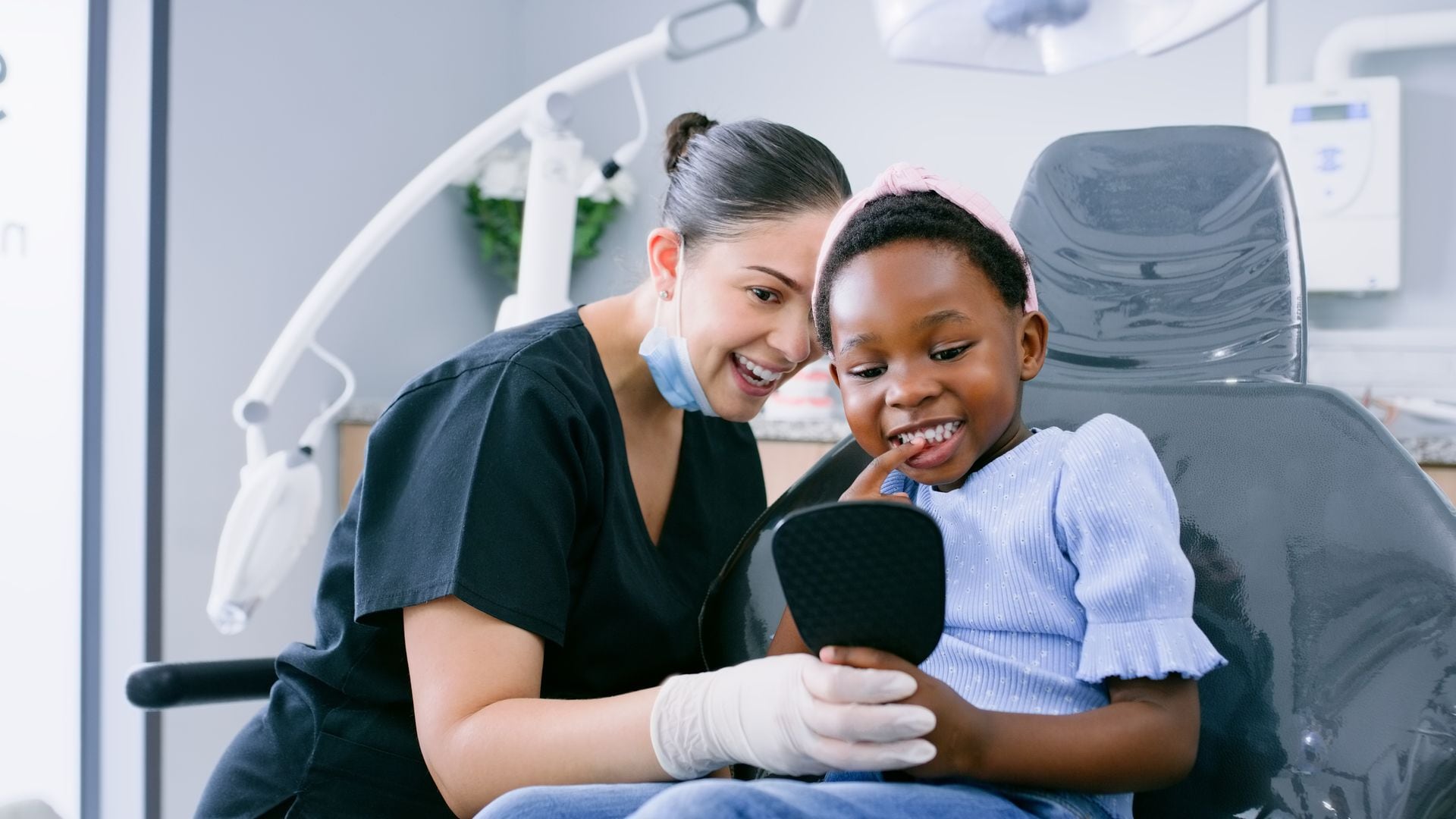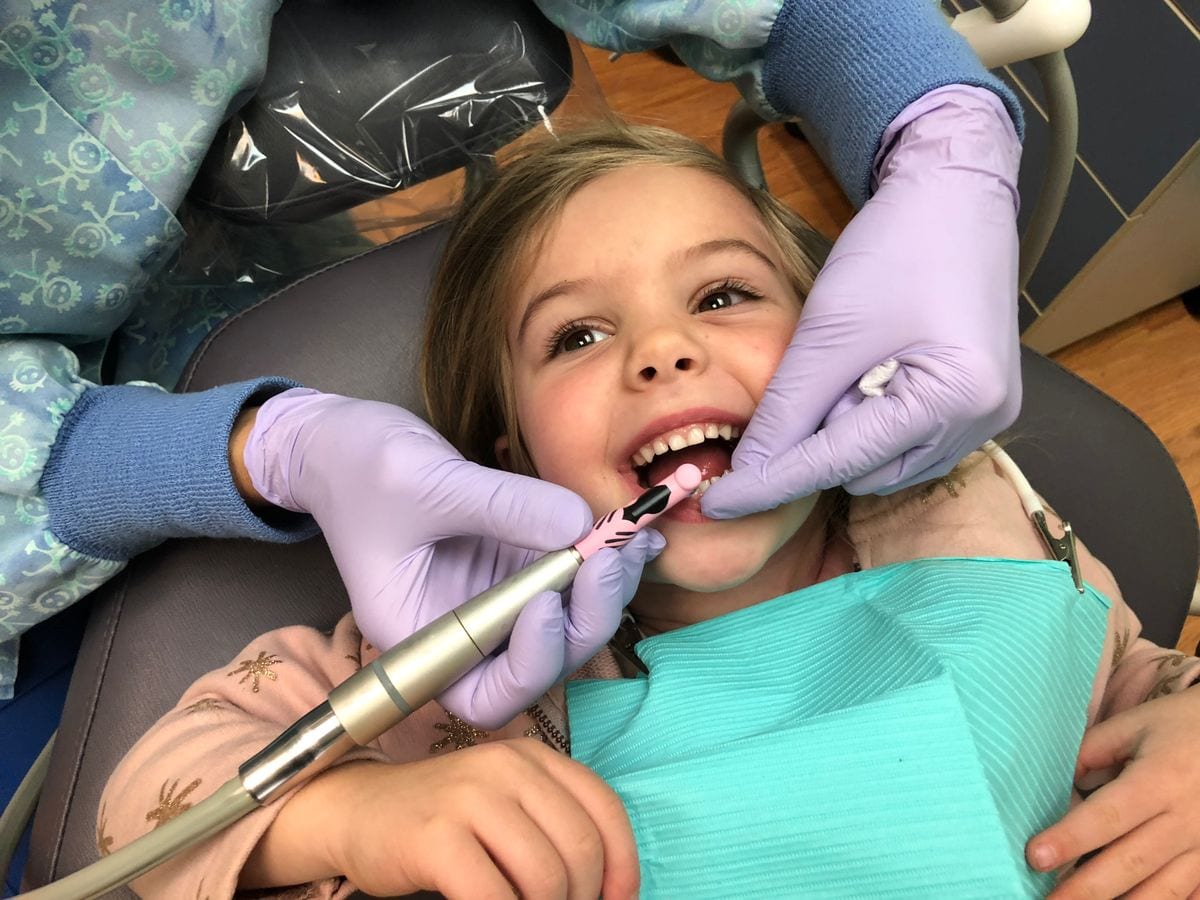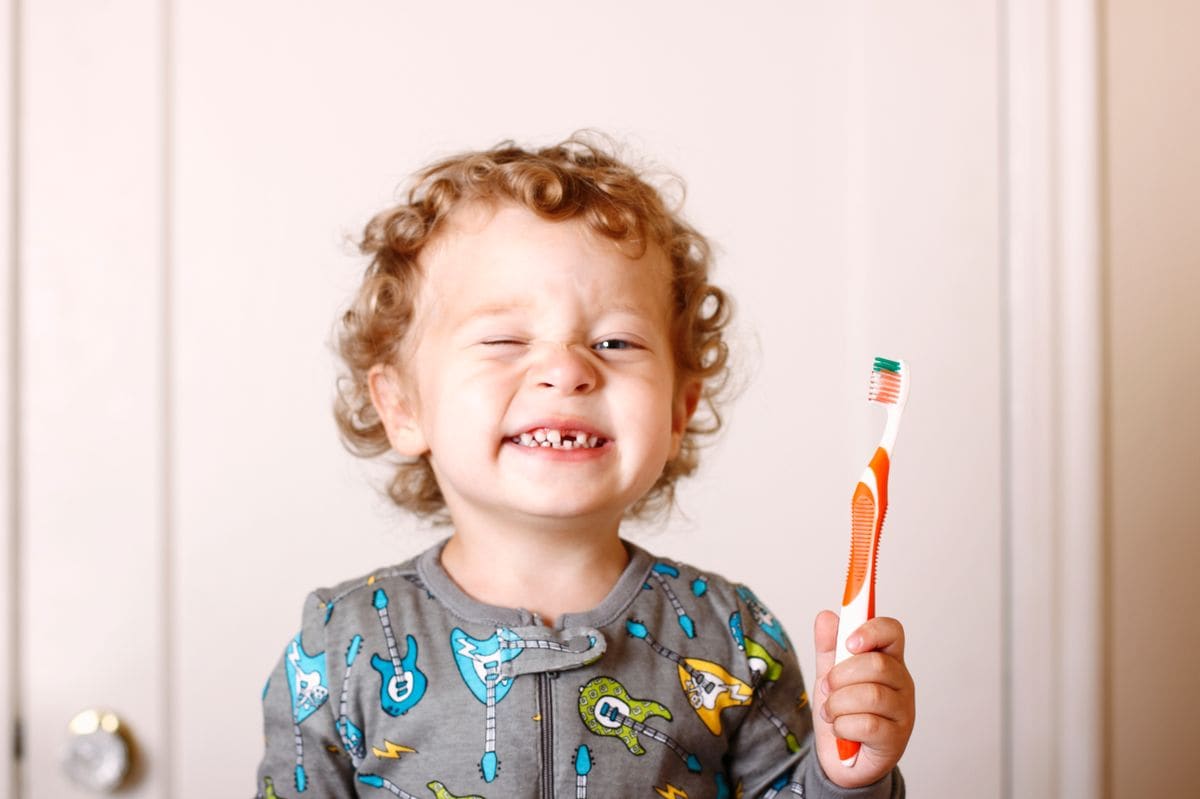It's all fun and games until your toddler takes a tumble, and suddenly, you're staring at a broken tooth and a kid who's more confused than hurt (or worse, both). Dental drama in the toddler years can feel like a crisis, but experts say there's a clear roadmap to follow that can help keep your cool and your kid's smile intact.
We tapped expert dentists, including Dr. Sandip Sachar, a general and cosmetic dentist in NYC, Dr. Amber Bonnaig of DentaQuest, and Dr. Jordan Albino of Kids Dental Studio, who shared their pro tips with HOLA! USA. Here's what to do if your toddler chips, cracks, or knocks out a tooth.
First, Don't Panic
Yes, it's alarming, but not all broken teeth are created equal. As Dr. Sandip Sachar explains, "Many dental injuries do not require immediate attention, same-day visits, or emergency room visits."
That said, some signs do call for fast action. If your child is experiencing any of the following, skip the dentist and head straight to the ER:
- Uncontrollable bleeding
- Signs of a concussion (vomiting, dizziness, confusion)
- Facial trauma
Otherwise, for most dental trauma, "it is recommended to bring the child to a dentist within a day or two," Dr. Sachar says.
When to Call the Dentist Now
There are certain red flags that mean you do need to call the dentist the same day:
- The tooth is visibly displaced or wobbly
- There's visible nerve exposure (you'll see red or pink inside the tooth)
- Your child has significant swelling or pain
- You notice a visible crack or signs of infection (think: pus or a foul taste)
"If the pain continues over a day or two, get an X-ray," says Dr. Albino. Undiagnosed cracks can lead to infection, which is a much bigger problem than a little chip.
What to Do With the Broken Tooth (or Tooth Piece)
Did the whole tooth come out? Check if it's a baby tooth or a permanent tooth; this matters.
For permanent teeth:
- Gently rinse it with clean water (no soap or scrubbing).
- Place it in a small container with milk.
- See a dentist within 30–60 minutes for the best chance of saving the tooth.
"If reimplanted quickly, a dentist may be able to reattach it," says Dr. Sachar. Timing is everything here.
For baby teeth, don't try to reinsert them. "We advise just waiting for the permanent tooth to grow in," Dr. Sachar adds. But you should still visit a dentist to check for damage below the gums, especially to the developing adult tooth.
If you have a broken piece of the tooth, bring it with you, but know this is not as essential as you might think. "The fragment is useless and will not be able to be reattached," says Dr. Sachar. Still, it helps your dentist assess the damage.
What Treatment Looks Like
According to Dr. Sachar, depending on the injury, treatment could range from "cosmetic bonding or smoothing" for minor chips to "a pulpotomy (a kid-friendly root canal) and crown" for deeper fractures.
In more serious cases, extraction may be needed, especially if there's an infection. Dr. Bonnaig explains that stabilization techniques like composite splints may also be used to hold a loose tooth in place. "Depending on the injury, treatment options include just monitoring for swelling or darkening of the tooth, stabilization techniques (a composite splint), root canals, or extractions," the expert says.
For kids with permanent tooth damage, Dr. Albino says the worst-case scenario could involve a root canal or even an implant. "Treatment options often depend on the age of the child, the injury, and whether it's a baby or permanent tooth," he adds.
Managing Pain and Helping Them Heal
"Over-the-counter pain medication like acetaminophen or ibuprofen works well. Swelling can be also managed with ice. However, any increase in pain and/or swelling is a direct indication the tooth needs to be evaluated by a dentist," says Dr. Amber Bonnaig.
Here's your game plan for home care before the dental visit:
- Apply a cold compress to reduce swelling
- Use over-the-counter pain relief like acetaminophen or ibuprofen, but double-check the dosage based on your child's age and weight
- Avoid foods that are hot, cold, sweet, or crunchy
- Expect your child to favor the uninjured side when chewing for a bit
Worried about long-term effects? Don't be
"Long-term effects on eating or speech are rare," says Dr. Sachar. But you'll still want to monitor for warning signs like increasing swelling, fever, or tooth discoloration.
Damage to baby teeth can sometimes impact the development of adult teeth underneath. "Trauma to the front teeth can sometimes cause discoloration or malformation of the corresponding adult tooth later in life," says Dr. Sachar.
This is why X-rays are a must—to check whether the adult tooth bud has been affected.
Should You Get a Mouthguard?
If your kid is a mini soccer star or jungle gym warrior, it might be time. "A custom-fitted mouthguard made in my office after scanning the patient's mouth can offer excellent protection," says Dr. Sachar.
When a toddler breaks a tooth, it feels like a big deal. But with a level head and the right steps, most dental mishaps can be managed without panic. Monitor symptoms, call your dentist quickly when needed, and remember, you've got this!









